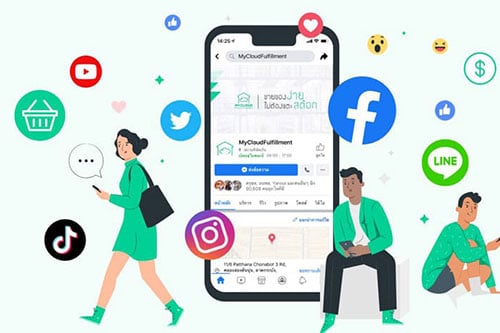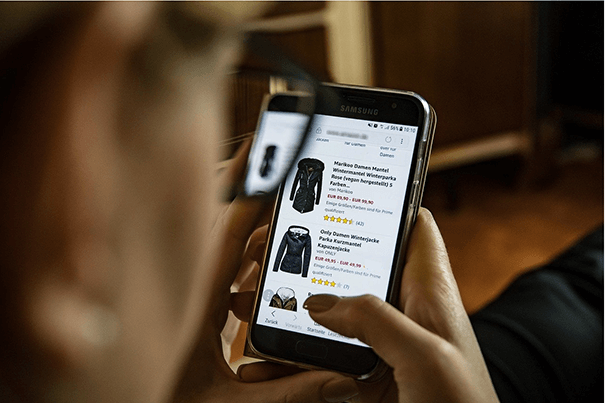Share this on
Google’s latest core algorithm update changed how we approached data. However, instead of fearing Core Web Vitals, it’s the perfect prompt to use alter your strategy for a better long-term future, writes Finlay Mure, VP Sales & Marketing at BetterCommerce.
Global ecommerce will cross the $5 trillion line this year. Surely that is a fantastic opportunity for the digital retailer… yet we seem to have become a bit obsessed with the alleged negative impact of changes to Google’s core algorithm—and not see the immense opportunity it presents.
Yes, Core Web Vitals means the loss of third-party cookies means for visitor tracking and data capture. But this is a classic wood for trees issue. Core Web Vitals is a central part of Google’s wider Page Experience Update, giving us three new metrics for websites that are amazing new ways for the search engine’s software to measure your site’s delivery.
That’s because Google now wants better delivery on the initial time it takes to initially load the largest portion of the main content of your brand’s web site, how quickly the site reacts to a user interacting with your online shop, and recovery from any unexpected layout shifts.
‘Google is reminding us that to improve speed and your performance’
I find practitioners, from SEOs on down, have over-focused on that cookie aspect, and not what from now on they should be worrying about.
What matters as far as the Google algorithm is now concerned, what you as a retailer need to focus on for your customers right now: better page load and performance. Doing well on this is now vital if you want your site to be picked up and displayed in search—and that matters a lot more than cookies.
That means getting all that as optimised as you can has to be the priority. The front end of your website is the first thing a potential visitor sees, and Google is reminding us that to have the maximum impact, you must improve your speed and your performance.
And the best way ecommerce and omni-channel retailer players are finding to do that is to go Headless. And though I work for a company committed to that architecture, I would have sympathy for you feeling ‘Headless’ is a word we may be hear a lot right now.
But—that’s because we kind of need to, as the C-suites of the great B2C companies we work with tell us so. For sure, there are several ways to optimise for a better overall user experience. But a Headless or decoupled architecture offers a clear path for building highly-performant websites and applications that align with Core Web Vitals and provide the seamless, omni-channel experiences today’s digital consumers’ demand. And rather usefully, the Headless approach has arrived in the nick of time to help you with not just a host of your other challenges, but with Core Web Vitals too.
That’s because retailers who provide faster load times and better experiences not only create higher engagement, but they are also better favoured in Search. B2C companies who’ve moved to Headless also get to have better control of their user experience across all touchpoints. They are also getting to finally break down the silos that have long existed between front and back-end teams, while also getting a front end that not only complies with what Google wants but is also very easily integrated with modern ecommerce approaches.
Immediately usable ecommerce modules from expert third parties
Ultimately, what Headless offers is a way to build the very best architecture to sell the goods and services you want to sell. By applying an API (application programming interface)-first approach that offers flexibility to all ambitious, omni-channel brands like yours that want to stop being held back by the monolithic ecommerce technology of the past – offering a way to exit all the cost and complexity that comes with monolithic solutions by supporting a best-of-breed, plug and play approach.
That means you can now LEGO-build any front-end engine you like—with the merchant and business services, the PIM, or Order Processing module that’s best for your business…creating the ideal back end commercial platform you can afford.
Done right, especially if you go full ‘composable approach’ and source all the components as immediately usable modules from expert third parties, this is also going to save you a lot of time and money, too.
Headless is the best next chapter in your ecommerce, making your CX better and even increasing your sales. By removing the dependencies that clog up processes in these platforms between the front and back-end, progressive retailers will enable rapid change, more effective integration with future tech (think, AI, virtual/augmented reality), faster websites, better customer journeys, and improved business ops.
Headless is the way out of both your Core Web Vitals woes and all the pain of the older way of working. It really is worth your time to investigate.










